Arco di Malborghetto
The meaning behind this triumphal Roman arch was a mystery until the early 20th century.
The medieval hamlet of Malborghetto stands at the old intersection of the Roman roads known as the Via Flaminia and the Via Veientana, 19 kilometers (12 miles) north of Rome. Some of the town’s architecture is made up of older Roman structures that were reused, but medieval and later structures were built around an extraordinary piece: a forgotten triumphal arch.
Located at the intersection of two roads, the Arch of Malborghetto is a quadrifons arch, or an arch that rests on four pylons with four openings, not unlike the Arch of Janus in the Forum Boarium in Rome. Most of its exterior marble coating vanished over the centuries, so what we see today is the plain but resistant brick structure, topped by a flat-roof attic and crowned by an entablature. The arch underwent a number of different uses and reconstructions from the 11th century onwards: a church, a fortification by the name of Hamlet of Saint Nicholas of the Arch of the Virgin, a private residence for an an apothecary from Milan, a Papal post office on the Via Flaminia in the 1700s, a farmhouse, and now an archaeological site and museum.
In the early 20th century, the German archaeologist Fritz Töbelmann was committed to understanding the purpose of the arch. Based on findings from the age of Diocletian, Töbelmann established that the arch was built during the reign of Constantine or that of his son. He found evidence that the arch was built as a commemorative monument to the vision that Constantine experienced in 312, prior to his march on Rome to fight his pagan rival, Maxentius. The battlefield is located farther south, just outside of the city of Rome, so Töbelmann inferred the arch was built at the site where Constantine and his army camped before the attack.
The name Malborghetto, which roughly translates as “bad, evil hamlet,” is a reference to the destruction of the site in the late 1400s during the struggles between the Roman families of the Orsini and the Colonna. It may also be a reference to dangerous highwaymen who frequented the area.
The Renaissance architect Giuliano da Sangallo made a sketch of the arch’s appearance at the time, which has been a valuable resource to reconstruct the arch’s original design.
Know Before You Go
You can visit the antiquarium (with an interesting exhibit on the Via Flaminia and the history of the monument) and the site for free Thursdays through Sunday from 9 a.m. to 1:30 p.m.

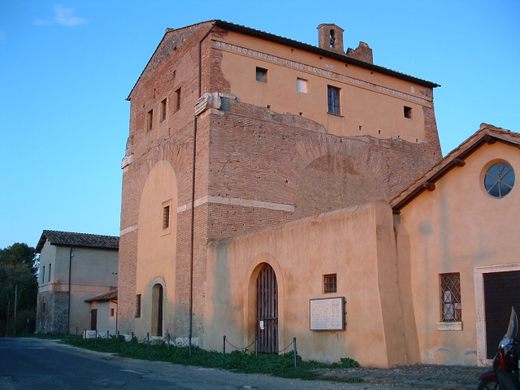
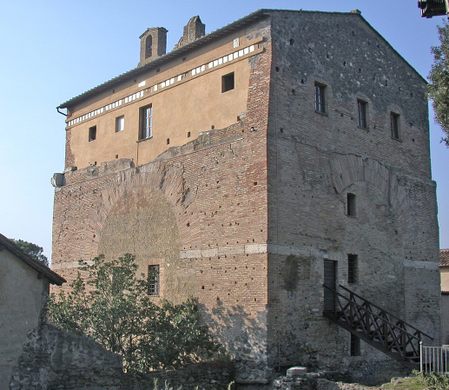
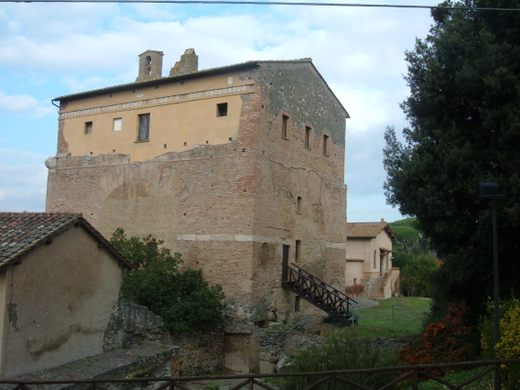

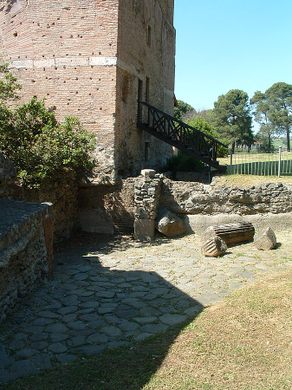








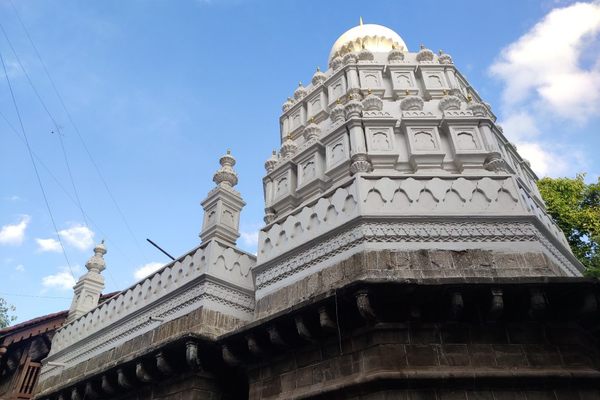




Follow us on Twitter to get the latest on the world's hidden wonders.
Like us on Facebook to get the latest on the world's hidden wonders.
Follow us on Twitter Like us on Facebook